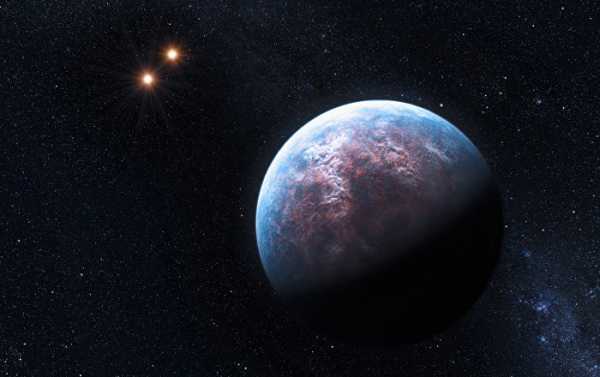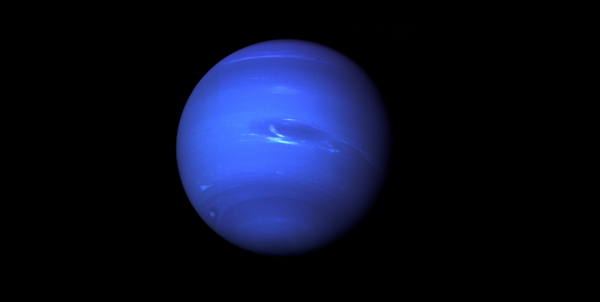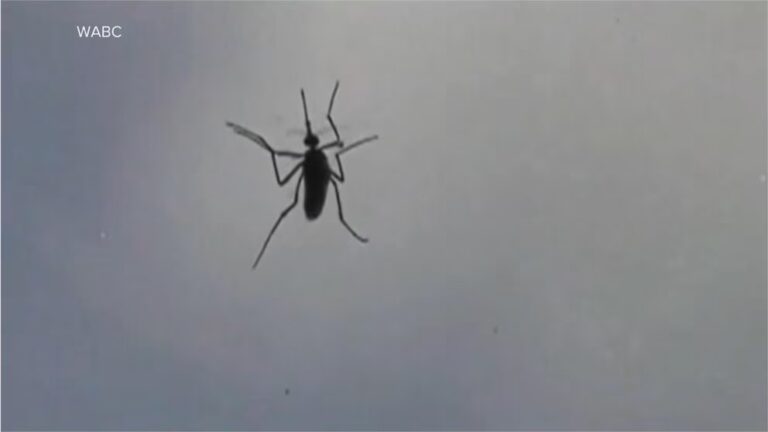
NASA’s Transiting Exoplanet Survey Satellite mission, or TESS, launched in 2018, marks the next step in the search for planets outside of our solar system, including those that could support life, as it surveys the entire sky over the course of two years.
NASA’s planet-hunting mission TESS, launched in 2018, has found its first potentially habitable exoplanet orbiting a star about 100 light-years from Earth, according to findings announced by the agency at the 235th meeting of the American Astronomical Society in Honolulu on 6 January.
The planet, known as TOI 700 d, is one of three orbiting TOI 700, a small, cool M-dwarf star in the Dorado constellation, and happens to be at just the right distance to support liquid water on the surface in the star’s habitable zone.
Astronomers confirmed their discovery using NASA’s Spitzer Space Telescope infrared capabilities with follow-up observations.
The scientists have also modelled the planet’s potential environment to further investigate its habitability.
Exciting Find
What makes this discovery so fascinating is that the planet is one of a select few potentially habitable planets discovered outside of our solar system. It also happens to be the size of Earth.
Observations show that TOI 700 d completes a single orbit around the star every 37 Earth days, as it receives about 86 per cent of the energy that our sun supplies to Earth.
Interestingly, the planet is believed to be tidally locked, with one side always in daylight.
The other two planets in the system are different: one is the size of Earth and rocky like our planet, and the second is considered to be gaseous and between the size of Earth and Neptune.

Neptune, the Eighth Planet from the Sun, Nicknamed “The Windy Planet” for its winds that can surpass 1,100 mph.
In a curious fact, previously scientists had mis-categorised the star – TOI 700 – as being more similar to our Sun, with astronomers ruling out nearby orbiting planets as too hot to support life.
But researchers, including high school student Alton Spencer working with the TESS team, noticed the error.
In the future, missions like NASA’s James Webb Space Telescope, launching in 2021, could determine if the planets have atmospheres and their compositions.
Environment simulations created by researchers using TESS’ data revealed the newfound planet may be strikingly different from earth.
Due to it being tidally locked, the way clouds form and wind blows might be quite strikingly different.
Sourse: sputniknews.com






